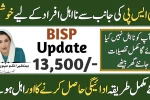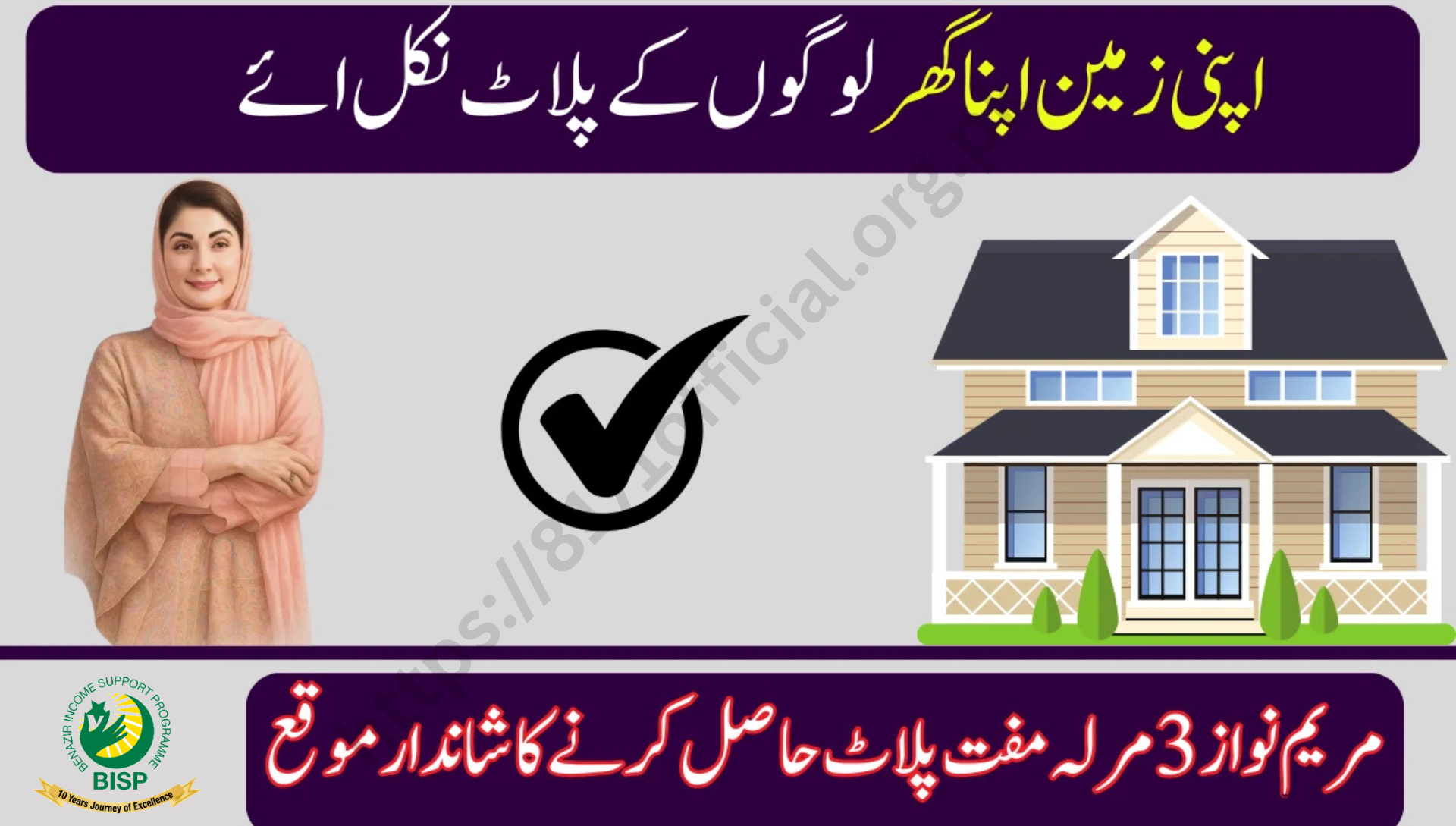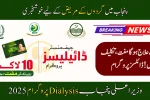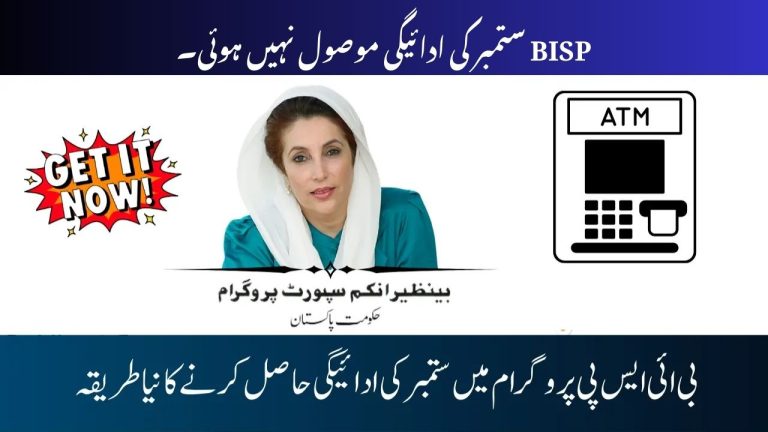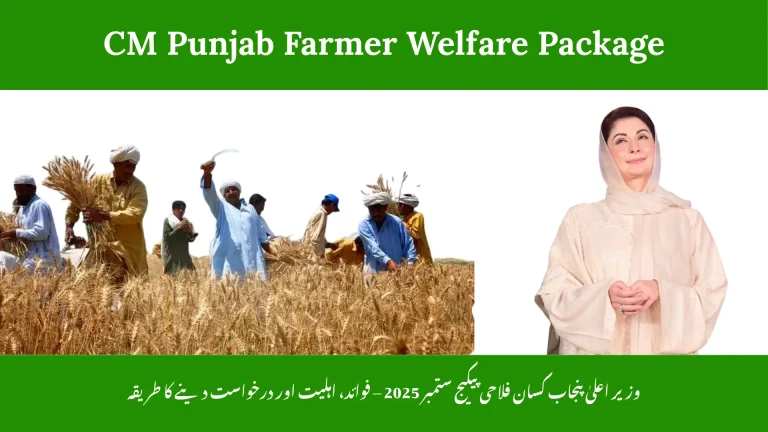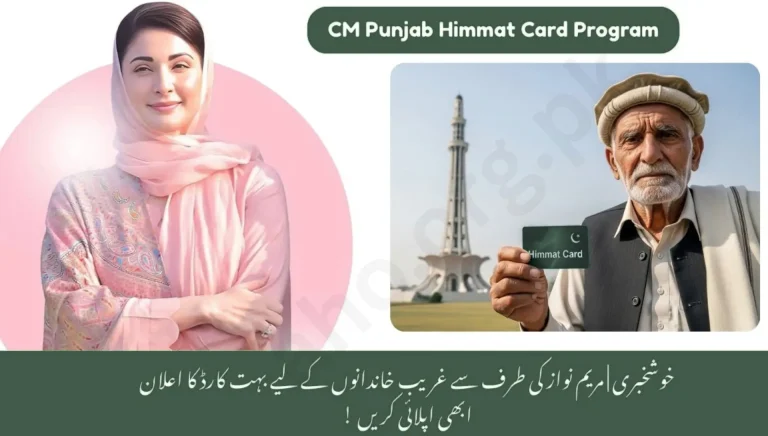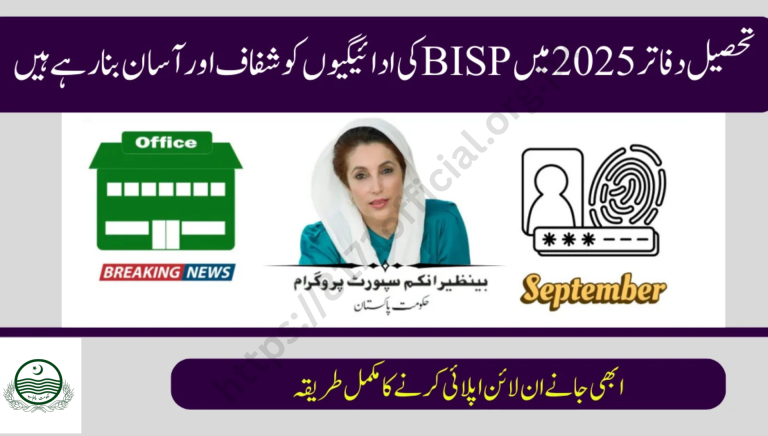CM Punjab Free Livestock Program Registration Again Start for Phase 2: Know Full Details
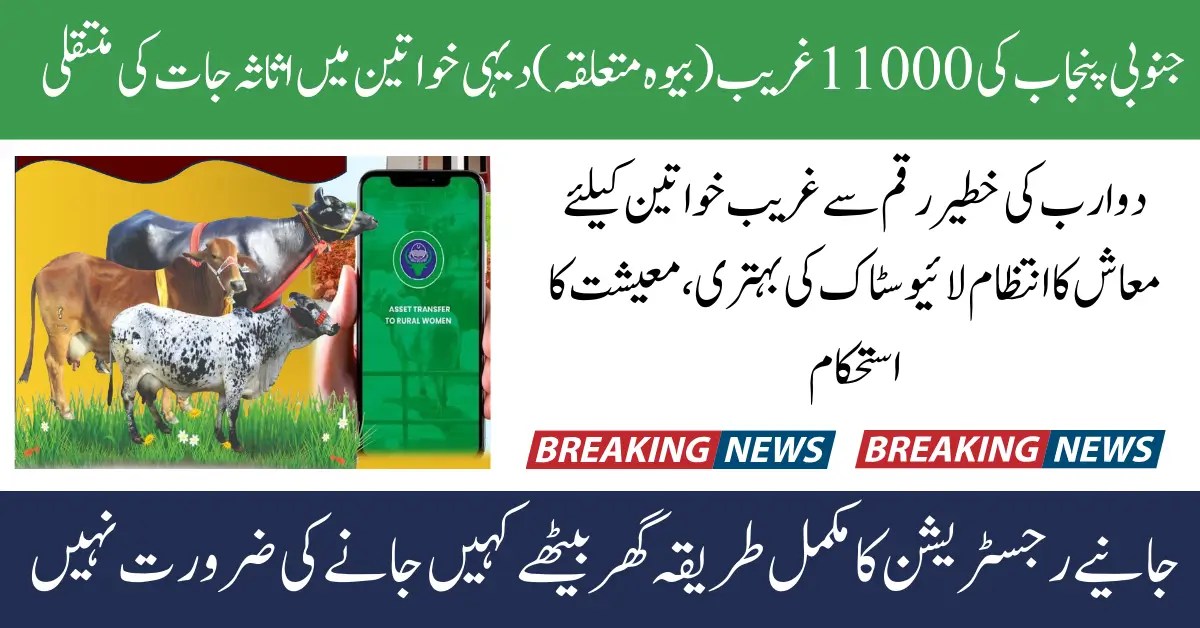
CM Punjab Free Livestock Program Registration Again Start for Phase 2: Know Full Details (2025 Update). If you’re from rural Punjab and want to earn a living through dairy farming, CM Punjab Free Livestock Program 2025 is back with Phase 2 registration. Under Chief Minister Maryam Nawaz Sharif’s leadership, the government is once again providing free cows, buffaloes, and goats to poor and deserving women. This guide explains registration steps, eligibility, distribution plan, and the benefits of this scheme in simple language.
What Is the CM Punjab Free Livestock Program?
The CM Punjab Free Livestock Program is a poverty-alleviation and women-empowerment initiative of the Punjab Livestock Department. It aims to help low-income, widowed, or divorced women earn income through dairy farming.
- Launched by: Chief Minister Maryam Nawaz Sharif
- Supervised by: Punjab Livestock & Dairy Development Department
- Focus Area: South Punjab districts
- Goal: Economic empowerment of rural women and sustainable food security
In Phase 1, thousands of women received livestock and training. Seeing its success, the government has now launched Phase 2 with wider reach and digital transparency.
Why the Free Livestock Program Matters
This initiative directly addresses rural poverty and household nutrition by enabling women to:
- Raise livestock at home
- Sell milk, meat, and ghee locally
- Generate income without leaving the village
- Support children’s education and household expenses
Quick Impact Table
| Benefit | Description |
|---|---|
| Income Generation | Daily milk sales provide stable earnings |
| Women Empowerment | Builds confidence and decision-making power |
| Food Security | Improves family nutrition |
| Rural Economy Boost | Enhances local markets |
| Sustainability | Encourages self-employment over aid dependency |
Key Objectives of the Program
- Empower poor rural women through livestock ownership
- Increase dairy and meat production in South Punjab
- Improve nutrition and food security in rural households
- Reduce poverty via home-based businesses
- Strengthen women’s role in agriculture and economy
These objectives align with the Punjab Vision 2025, focusing on inclusive growth and gender equality.
Phase 2 Launch & Registration Timeline 2025
The Phase 2 registration officially began in June 2025, giving applicants a three-month window to apply.
| Activity | Date Range (2025) |
|---|---|
| Registration Start | June 1 |
| Official Launch | June 15 |
| Last Date to Apply | August 31 |
After submission, applications are verified and finalized through a computerized lottery system. Selected women are informed via SMS.
Target Districts in South Punjab
The program targets 12 priority districts identified through poverty surveys:
- Multan
- Khanewal
- Lodhran
- Vehari
- Bahawalpur
- Bahawalnagar
- Rahim Yar Khan
- Dera Ghazi Khan
- Layyah
- Muzaffargarh
- Rajanpur
- Kot Addu
Districts like Layyah and Rajanpur will receive more goats suited for dry climates, while Multan and DG Khan focus on dairy animals.
Number of Beneficiaries in Major Divisions
| Division | Beneficiaries (Approx.) |
|---|---|
| Multan | 3,652 |
| Bahawalpur | 2,740 |
| Dera Ghazi Khan | 4,565 |
These numbers may rise as the budget expands.
Eligibility Criteria for Applicants
To ensure transparency and fairness, only deserving women can apply who meet the following:
- Must live in one of the 12 eligible districts
- Widowed, divorced, or separated with no male earner
- Below 55 years of age
- Does not currently own livestock
- PMT score below 32, verified via NSER/PSER databases
- Must not have sold any animal from Phase 1
- Has adequate space for animal rearing (home inspection applies)
- Possesses a valid Punjab CNIC and domicile
Only applicants meeting all criteria will pass to the verification stage.
Livestock Distribution Plan & Budget Allocation
The Punjab Government has allocated Rs. 2.5 billion for Phase 2.
Planned Distribution
| Type of Animal | Estimated Quantity | Purpose |
|---|---|---|
| Buffaloes | 2,000+ | High milk yield for income |
| Cows | 2,500+ | Dairy and breeding |
| Goats | 2,000+ | Suitable for dry regions |
Budget Covers
- Animal purchase & transport
- Veterinary screening & vaccination
- Starter feed kits
- Training sessions for women
- Mobile monitoring app development
- Administrative expenses
All deliveries are tracked via a digital dashboard to prevent misuse.
Step-by-Step Registration Guide
Women can register online or offline.
Online Registration Method
- Visit https://livestock.punjab.gov.pk
- Or download the “Asset Transfer to Rural Women” app
- Enter your CNIC and mobile number
- Fill in personal details (address, income, marital status, family size)
- Upload scanned copies of CNIC and proof of residence
- Submit form and note the reference number
Tip: Use a registered SIM on your CNIC for SMS updates.
Offline Registration Method
- Visit the nearest Veterinary Hospital or Livestock Office
- Bring original CNIC and domicile certificate
- Officials will enter your details through the 9211 registration code
- Receive confirmation SMS after successful entry
Both methods are free of cost — no middleman is authorized to charge money.
Verification & Selection Process
After application submission:
- Data verification through NADRA and PSER databases
- Field inspection by livestock officers to confirm housing conditions
- Digital draw system for final selection (transparent lottery)
Selected Beneficiaries Receive
- Certified healthy animal (cow, buffalo, or goat)
- Free feed starter pack and tools
- Basic training on animal care
- Continued support for vaccination and veterinary checkups
Program Monitoring & Transparency
Punjab Livestock Department uses a centralized mobile monitoring app to track:
- Animal health records
- Feed delivery schedules
- Field staff reports
- Beneficiary feedback
District Deputy Directors will be held accountable for any irregularities.
Common Challenges & Government Solutions
| Challenge | Government Solution |
|---|---|
| Fake agents collecting fees | Helpline setup and awareness SMS |
| Animal health issues | Mobile veterinary teams available |
| Training gaps | Regular workshops at Union Council level |
| Poor digital access | Offline centers accept manual forms |
| Delayed SMS updates | Dedicated communication cell for follow-ups |
Expected Outcomes of Phase 2
- Employment for over 7,000 women
- Increased milk output in rural markets
- Better nutrition in low-income households
- Strengthened female entrepreneurship
- Advancement of Punjab’s agri-economy
According to official projections, each beneficiary may earn Rs. 25,000–40,000 per month from dairy sales within a year.
Warning Against Fraud or Fake Registration
Important: There are no fees or agents for this program.
Always apply through official channels only: the Punjab Livestock website, official app, or nearest Livestock Office.
Report any fraudulent calls or bribe demands to the department’s helpline.
FAQs
Q1: When will Phase 2 of the CM Punjab Free Livestock Program start?
The program officially launched on June 15, 2025, with registrations open from June 1 to August 31.
Q2: Who is eligible for this scheme?
Only widowed, divorced, or poor women from 12 South Punjab districts with a PMT score below 32 can apply.
Q3: What animals are distributed in the program?
Beneficiaries receive cows, buffaloes, or goats, depending on district conditions and need.
Q4: Is there any fee for registration or training?
No, everything is completely free of cost including registration, training, and veterinary support.
Q5: How will selected candidates be informed?
Selected women will get an official SMS notification and can collect animals from local distribution centers.
Conclusion
The CM Punjab Free Livestock Program Phase 2 (2025) marks another major step toward rural empowerment and economic independence for women in South Punjab. By providing free livestock, feed, and training, the Punjab Government under Maryam Nawaz Sharif is paving the way for sustainable income generation and agriculture development.

